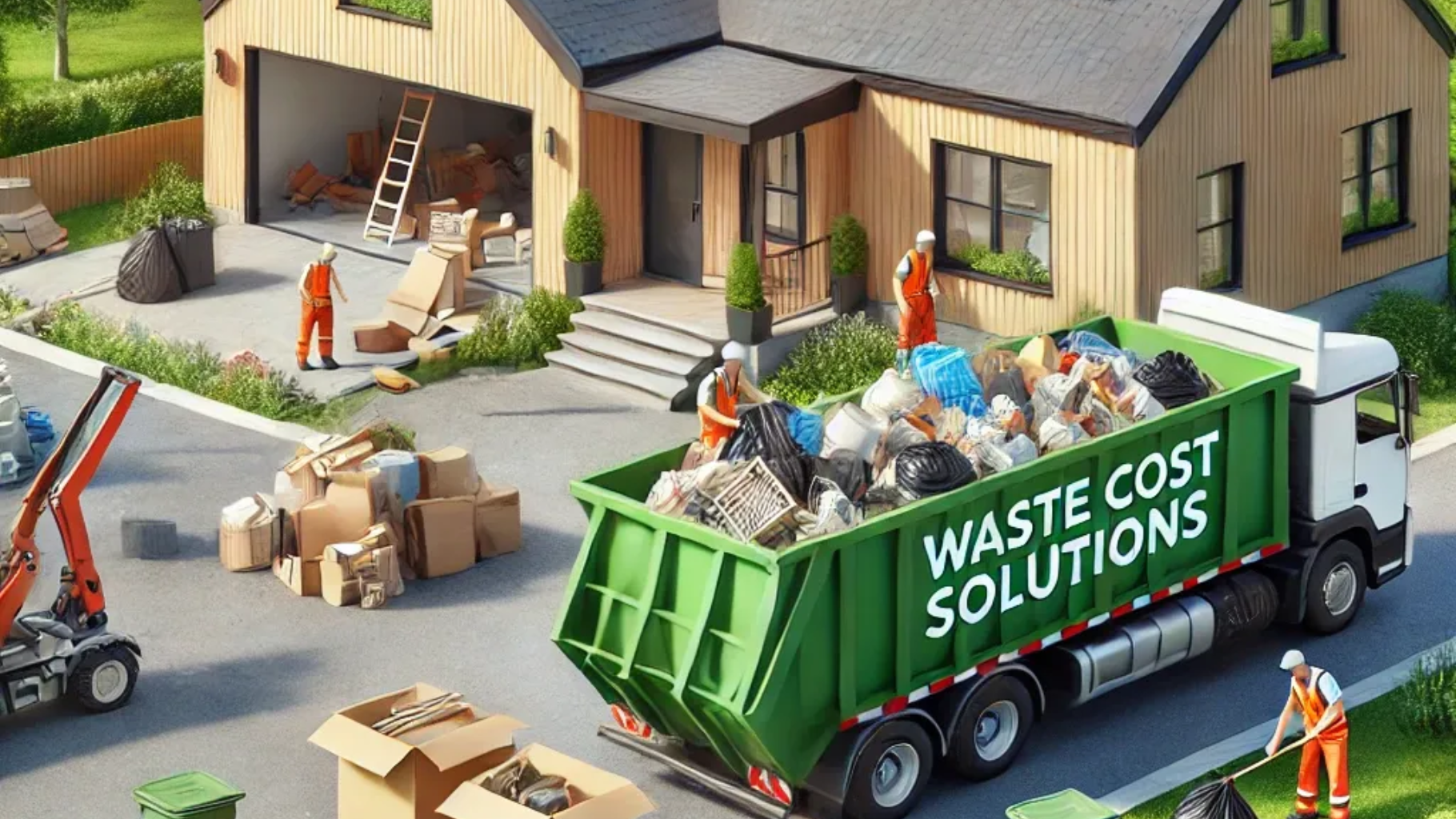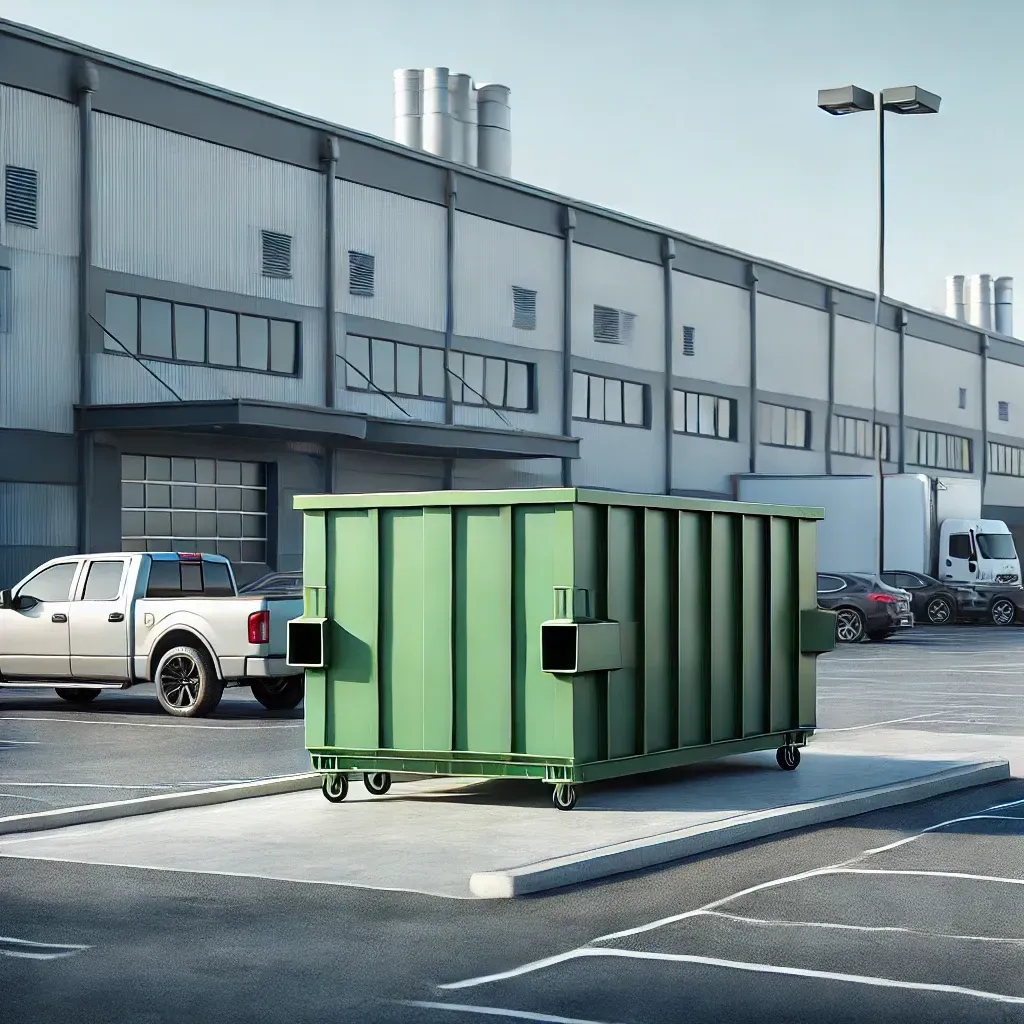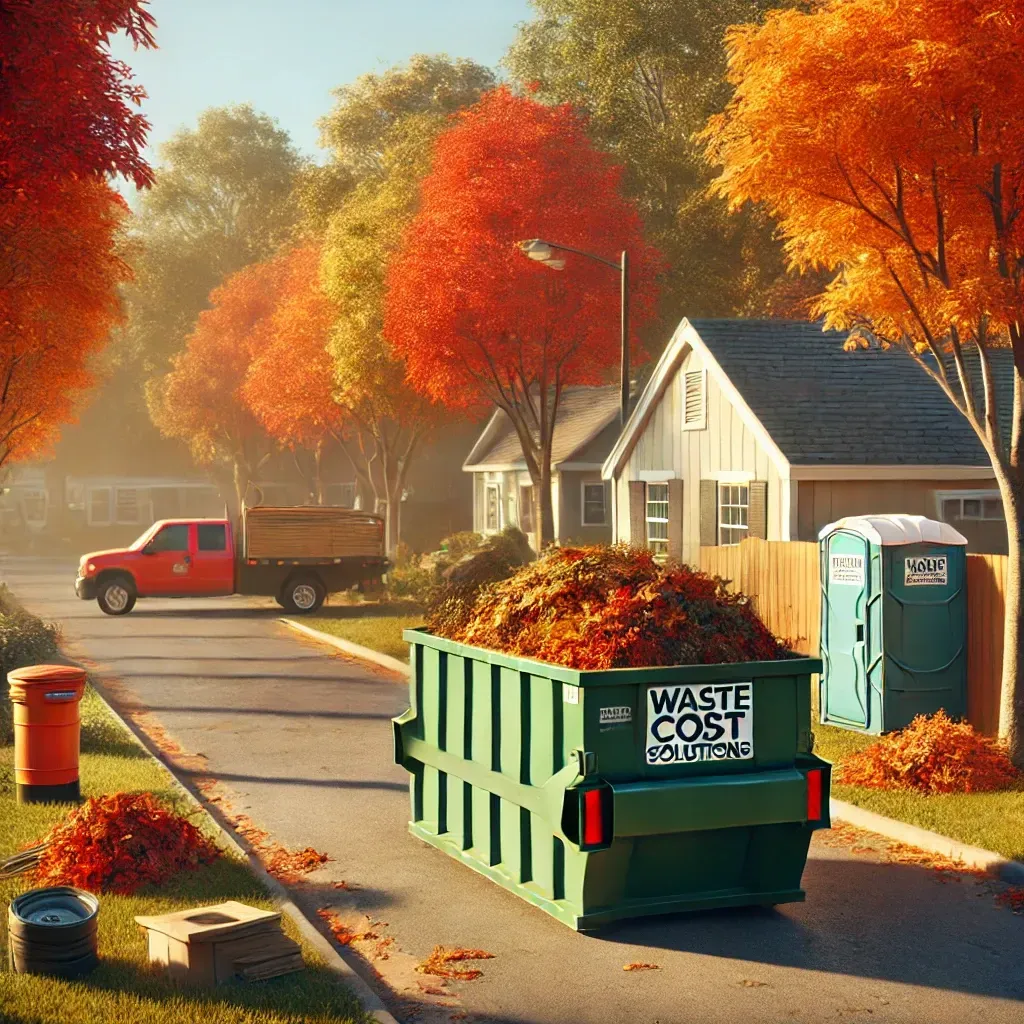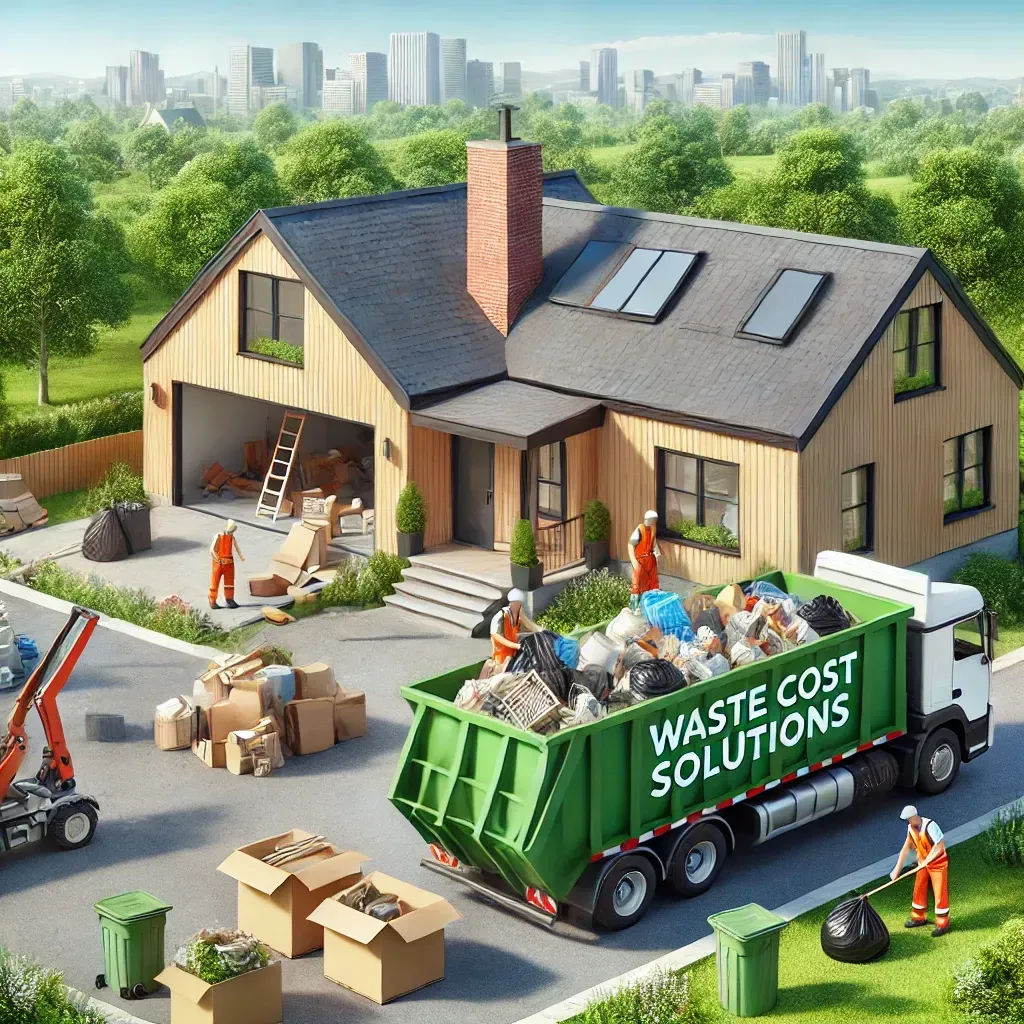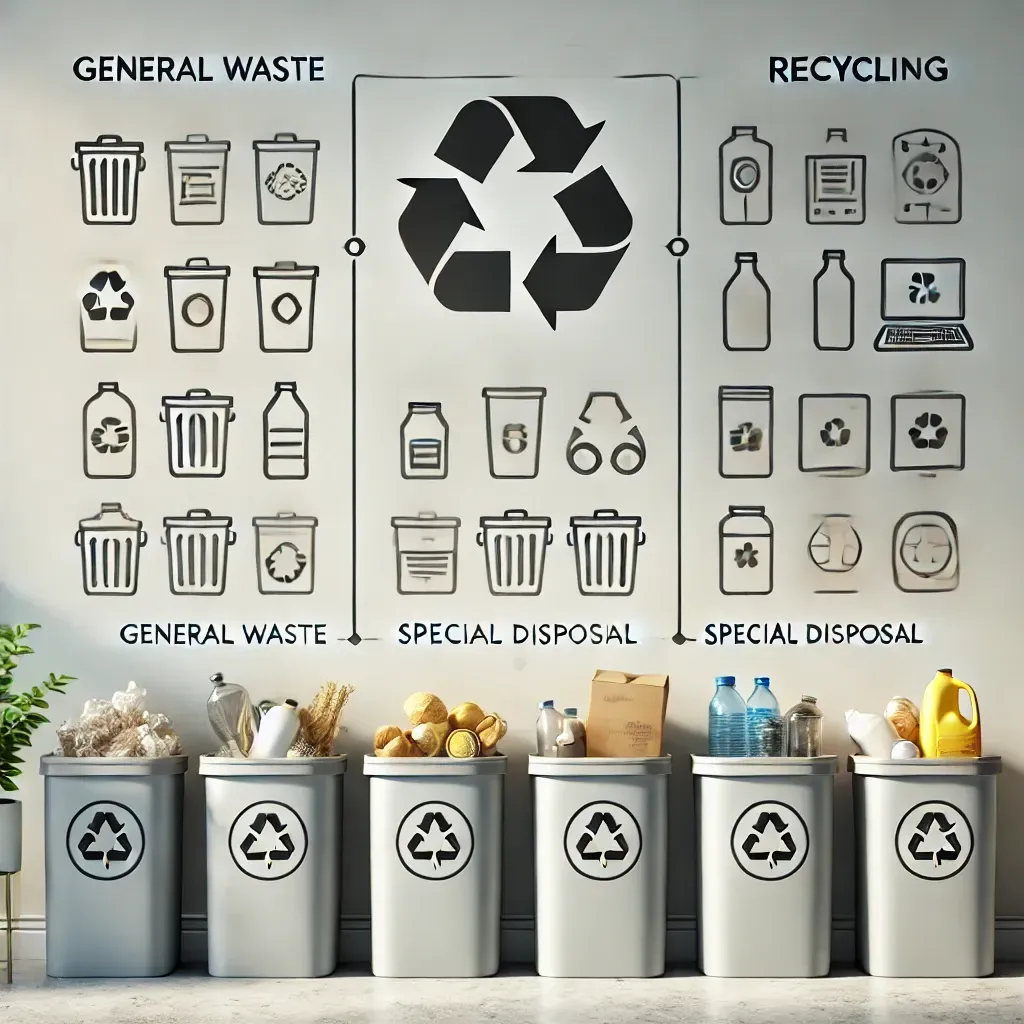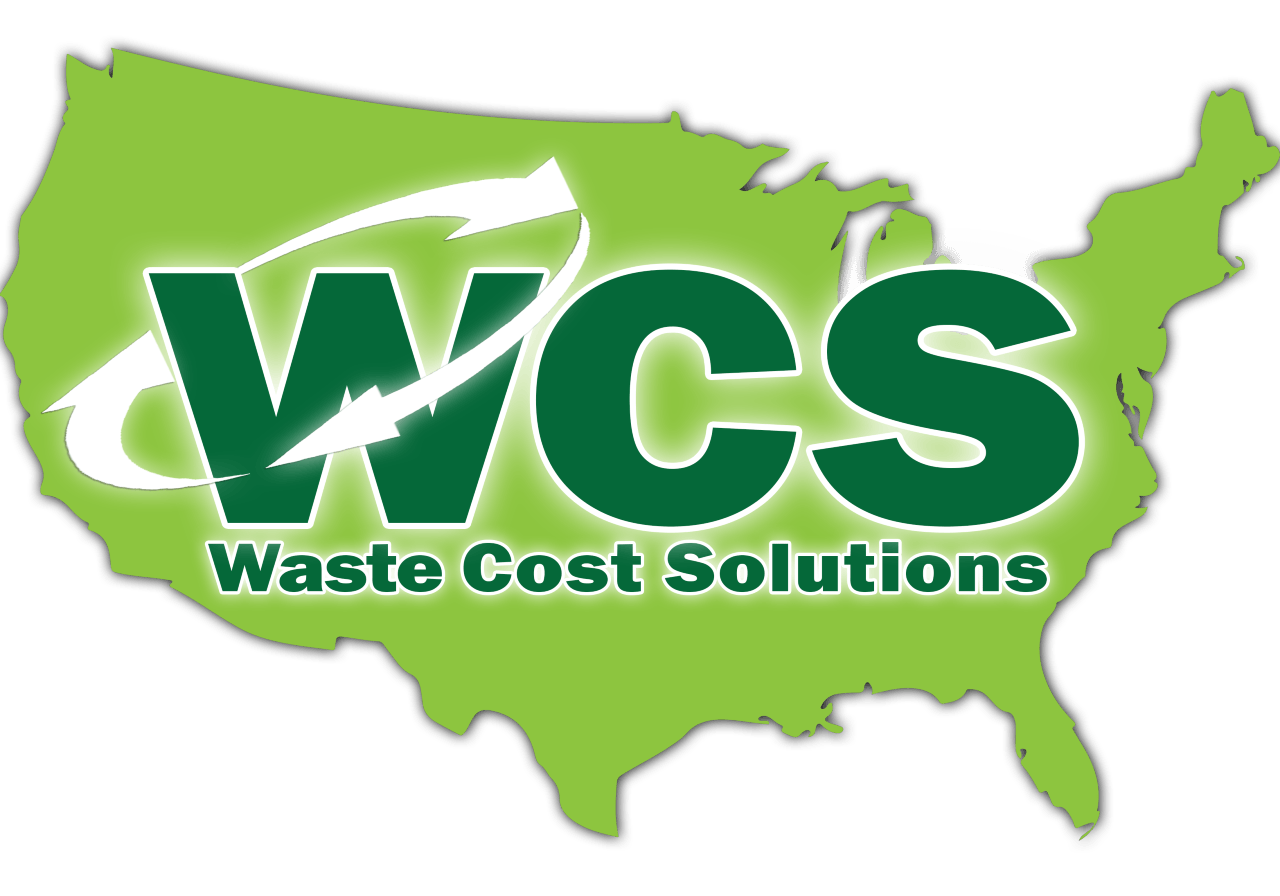The Waste of Aspirational Recycling
Aspirational Recycling Waste and How it Happens
You know the drill. You dutifully rinse out your tuna cans and recycle them, feeling smug and self-satisfied as you do. But what you may not realize is that your "recycled" tuna can is probably headed straight for the landfill.
Aspirational recycling is when people recycle items that they think can be recycled, but in reality, can't. This might be because the item is contaminated with food or because it's made of a mix of materials that can't be separated. As a result, these items end up in the trash instead of being properly recycled.
The Problem With Aspirational Recycling
One report found that as much as 30% of the material sent to recycling facilities is actually contaminated. This means that people are unwittingly contributing to pollution by putting items in their recycling bins that can't actually be recycled.
Contamination isn't just a problem for recyclers; it's also a problem for manufacturers who use recycled materials to make new products. If a recycled material is contaminated, it can't be used in the manufacturing process and has to be disposed of as waste. This creates additional costs and pollution.
How You Can Help
The best way to help reduce pollution from aspirational recycling is to educate yourself about what can and can't be recycled in your area. Many municipalities have educational campaigns and websites dedicated to this topic. You can also check with your local recycling facility to find out what materials they accept.
When in doubt, throw it out! It's better to put an item in the trash than to contaminate an entire load of recyclables.

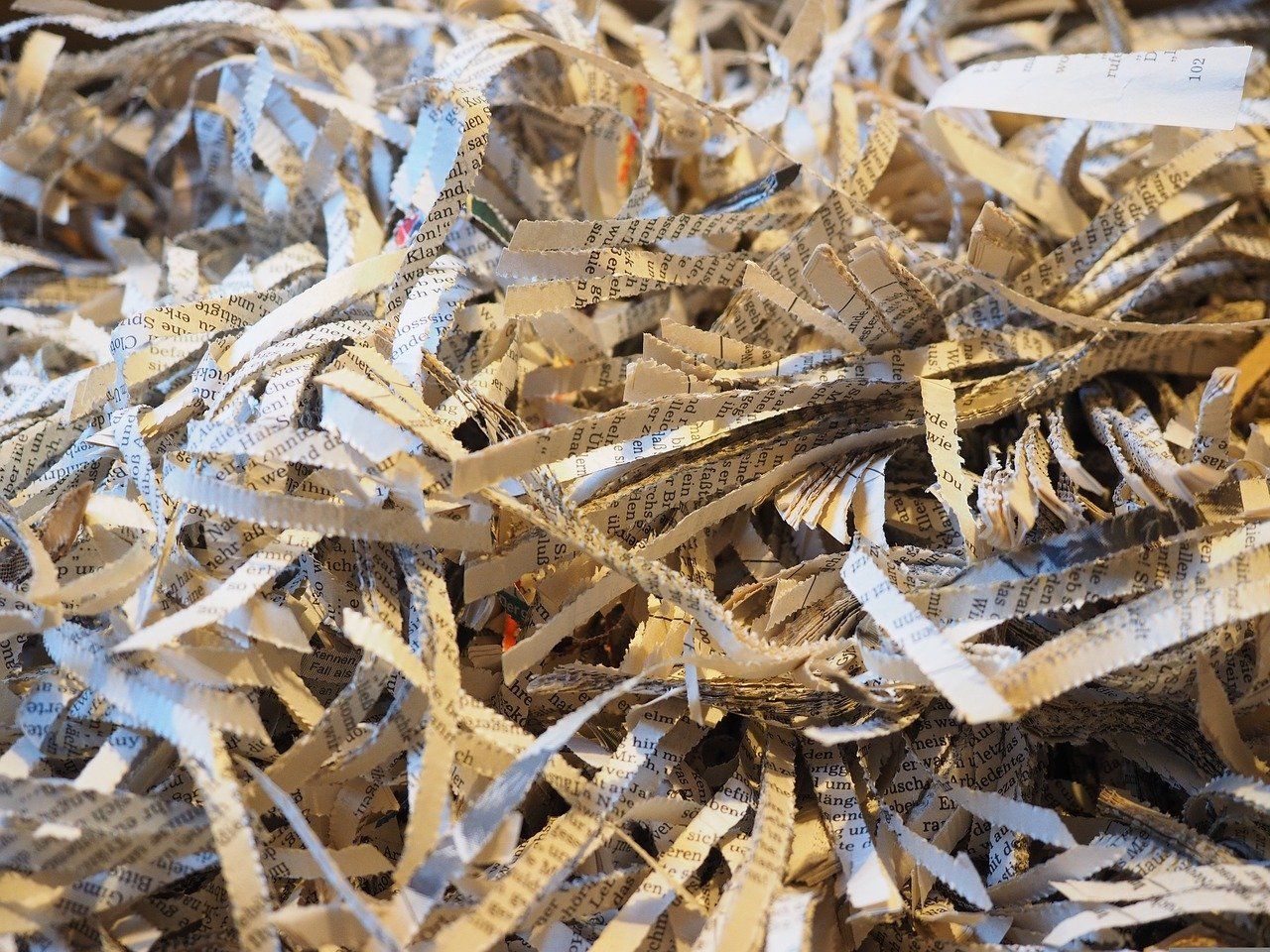

Aspirational recycling might seem like the right thing to do, but unfortunately, it often does more harm than good. Contamination from aspirational recycling is a major problem for both recyclers and manufacturers, and it ultimately contributes to pollution. The best way to help reduce pollution from aspirational recycling is to educate yourself about what materials can and can't be recycled in your area. When in doubt, throw it out!
